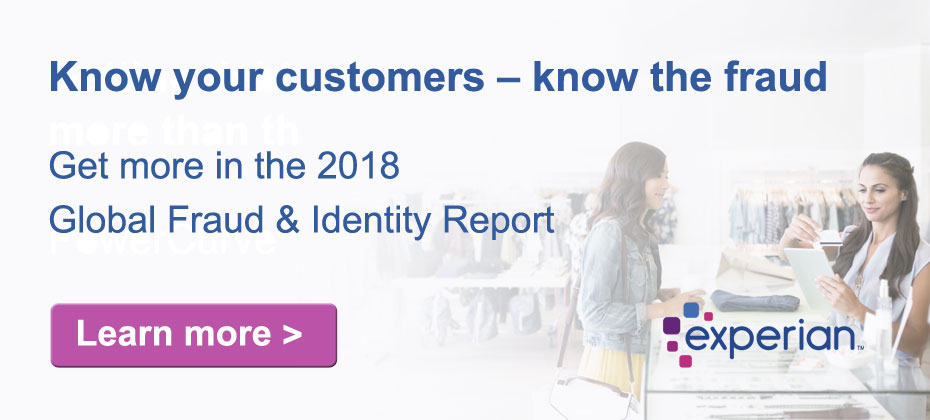At A Glance
It was popularised in the 1960s with the release of Letraset sheets containing Lorem Ipsum passages, and more recently with desktop publishing software like Aldus PageMaker including versions of Lorem Ipsum.Paragraph Block- is simply dummy text of the printing and typesetting industry. Lorem Ipsum has been the industry’s standard dummy text ever since the 1500s, when an unknown printer took a galley of type and scrambled it to make a type specimen book. It has survived not only five centuries, but also the leap into electronic typesetting, remaining essentially unchanged. It was popularised in the 1960s with the release of Letraset sheets containing Lorem Ipsum passages, and more recently with desktop publishing software like Aldus PageMaker including versions of Lorem Ipsum.


Heading 2
Heading 3
Heading 4
Heading 5
- This is a list
- Item 1
- Item 2
- Sub list
- Sub list 2
- Sub list 3
- More list
- More list 2
- More list 3
- More more
- More more
This is the pull quote block Lorem Ipsumis simply dummy text of the printing and typesetting industry. Lorem Ipsum has been the industry’s standard dummy text ever since the 1500s,
ExperianThis is the citation

This is the pull quote block Lorem Ipsumis simply dummy text of the printing and typesetting industry. Lorem Ipsum has been the industry’s standard dummy text ever since the 1500s,
ExperianThis is the citation
| Table element | Table element | Table element |
| my table | my table | my table |
| Table element | Table element | Table element |

Media Text Block
of the printing and typesetting industry. Lorem Ipsum has been the industry’s standard dummy text ever since the 1500s, when an unknown printer took a galley of type and scrambled it to make a type specimen book. It has survived not only five centuries, but also the leap into electronic typesetting, remaining essentially unchanged. It was popularised in the 1960s with the release of Letraset sheets containing Lorem Ipsum passages, and more recently with desktop publishing software like Aldus PageMaker including versions of Lorem Ipsum
My Small H5 Title


Consumers are hungry for more personalized marketing, and I’m an actual example. As a new stepmom to two young kids, who has a full-time job, I rarely have any down time. No revelation there. I no longer have time to surf the web to buy clothes. And shepherding everyone to an actual store to shop? #forgetaboutit I’m not alone. Of the 57 percent of women in the U.S. workforce, 70 percent have a child under the age of 18. We don’t always have the time to shop for clothes, financial products, and nearly anything else, but it doesn’t mean we don’t need or want to. I would give the right bank or retailer my data in exchange for personalized marketing offers in my inbox, social feeds and mailbox. And many others would, too. Sixty-three percent of Millennial consumers and 58 percent of Gen Xers are willing to share data with companies in exchange for personalized offers, discounts and rewards. This indicates consumers are craving more customized marketing. Providing their personal data to get that is acceptable to them. In the financial services space, Mintel research shows that just 61 percent of male consumers, 49 percent of consumers aged 18-44, and 44 percent of Hispanic Millennials have a general-purpose credit card, either with or without rewards (Mintel’s Marketing Financial Services Report for June 2017). This indicates a significant market opportunity for cards that offer segmented or boosted rewards based on specific sectors and categories. Here are some other interesting trends specific to financial services: Relying on Experts Although chatbots and robo-advisors allow easy access to many financial services, 81 percent of consumers prefer in-person meetings when it comes to personalized financial advice. According to Mintel, men aged 18-44 are most interested in a free consultation with a financial advisor, and 19 percent of consumers are open to a free consultation. This interest surpasses attending free classes about finance and receiving email and mobile alerts from a financial institution. Quick, Efficient Delivery While consumers are calling for increased personalization, they also want it delivered quickly and efficiently. These expectations create unique challenges for financial institutions of all sizes. Some banks have embraced “card finder” apps, which allow consumers the convenience of inputting personal information to generate customized offers. There is a huge opportunity for financial institutions to leverage available consumer data to understand their target audience, and then deliver relevant products via multiple channels where they are consuming media now. Those who do will be positioned to provide personalized financial recommendations that were impossible just a few years ago.

Global Fraud and Identity Report 2018 Customer recognition. Convenience. Trust. Fraud risk. We obtained input from more than 5,500 consumers and 500 businesses worldwide on these priorities for our Global Fraud and Identity Report 2018. Top takeaways include: Your customers expect you to protect them. Are you meeting this need? Spot fraud by recognizing your customers. Can you identify yours? While perfect fraud prevention shouldn't undermine customer happiness, we can't forget that fraud victims aren’t happy customers. Businesses recognize the importance of trust – and the need for technology to enable it. Most businesses tend to demonstrate suspicion when it comes to preventing fraud, following a route of detection rather than permission or trust. This leads to lost sales and damages that customer’s lifetime value. There’s a better approach. Read the full report>

Benjamin Franklin famously said that nothing in life is certain except death and taxes. While that may be true, I think we can add another item to the list — traffic. An unfortunate part of many people’s day, traffic is an inevitable consequence when moving from point A to point B, especially when you consider the sheer volume of vehicles on the road. According to the latest research from Experian, the number of vehicles in operation (VIO) has jumped 5.7 million, going from 265.3 million in Q3 2016 to 271 million in Q3 2017. In fact, more than 17 million new vehicles hit the road in the United States, with just 11.4 million exiting operation. Numbers of that size can be hard to process, so let’s focus on something more relatable. When you’re stuck in traffic, what types of vehicles are inching along at a snail’s pace with you? No matter which state you live in, chances are you’ll see lots of full-size pickup trucks. Why? The top vehicle segment in 42 out of the 50 states is full-size pickups. The only exceptions are Hawaii — which has small pickup trucks as the number one segment — and Rhode Island, New York, New Jersey, Connecticut, Massachusetts, California and Maryland, which prefer midrange standard cars. If you think about it, these exceptions make sense. Residents of the East Coast commuter states and California probably prefer smaller vehicles because they’re more fuel efficient and it’s easier to find parking. But if you talk to a pickup truck owner, you’ll almost certainly hear why trucks are the best vehicle to own. Not surprisingly, full-size pickups aren’t just the top segment in most states; they also make up the largest vehicle segment currently on the road, at 15.3 percent. In terms of top models for full-size pickups, the Ford F-150 and Chevy Silverado 1500 are the top two best-selling trucks nationwide. Overall, Ford and GM still hold the largest market share across all makes and models. Toyota showed the greatest market share growth, going from 12.5 percent in 2016 to 13.6 percent in Q3 2017. For more information about Experian’s most recent VIO data, watch our latest webinar.
In this article…
typesetting, remaining essentially unchanged. It was popularised in the 1960s with the release of Letraset sheets containing Lorem Ipsum passages, and more recently with desktop publishing software like Aldus PageMaker including versions of Lorem Ipsum.


